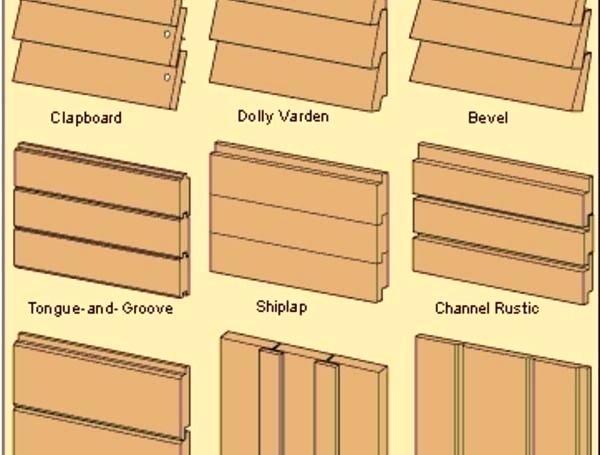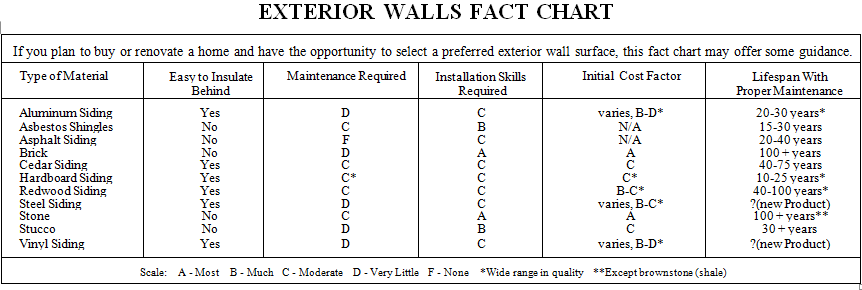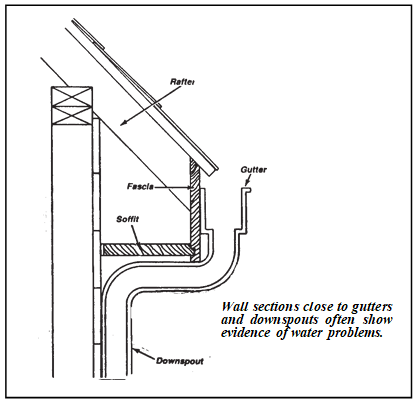When it comes to exterior walls, most homeowners think that beauty is only skin deep – if the outside of the house looks good, then all must be well.
But there’s a lot more to exterior walls than meets the eye. Exterior walls help protect the interior structure and living space from sun, wind and water damage. If you learn the facts about exteriors – the type you have, its age, and its characteristics – you will have a better understanding of the need for preventive maintenance.
What Type Of Exterior Wall Surface Do You Have?
More than a dozen types of exterior wall surfaces are found throughout Canada. Some are regional favourites, others represent methods no longer in use, while still others are classic forms that have been covering homes for more than a century.
Here are the facts about the most common types:
Wood Siding comes in the form of shingles, shakes, plywood panels, boards or hardboard, and is generally available in cedar, spruce, fir, redwood, hemlock and pine. All wood is susceptible to weather and insect damage, and must be carefully maintained to stay in good condition.
Brick may be a veneer or a solid masonry wall. In either case, assuming the material and workmanship was of good quality, brick will last the life of the building, as long as any cracks and mortar joints are maintained and repaired as needed to prevent water entry.
Aluminum Siding has been the choice of many economy-minded homeowners in recent years because it is relatively inexpensive to install and, with minimum maintenance, has a comparatively long life expectancy. It will not rot or rust, unless in contact with concrete or masonry mortar joints, and is impervious to insects. However, it dents, scratches, fades, and chalks easily, and needs to be electrically grounded for safety.
Vinyl (plastic) is now a favourite low-cost, easy-to-install choice for exterior siding. Despite its ability to last for many years, early vinyl products can fade from exposure to sunlight, and does not take paint well. It also tends to crack on impact in very cold temperatures.



